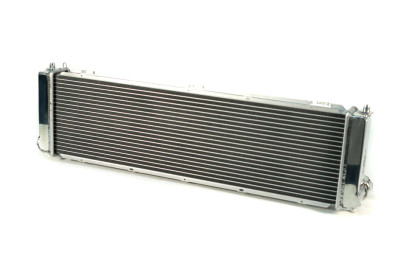How do the Dual Flow Valves work? The simple answer is by allowing higher amounts of fluid to pass through the valve in the case of a sudden impact, making it easier for the shock to absorb and transfer energy quicker. The long answer involves 2 steps, compression and rebound.
Compression: At low shaft speeds, oil flows mostly through the shaft jet bleed. At higher shaft speeds, oil flows mostly through the compression ports in the piston. At very high shaft speeds, or during sudden shaft accelerations, oil can also escape through the compression ports in the DFV, increasing comfort.
Rebound: At low shaft speeds, oil flows mostly through the shaft jet bleed. At higher shaft speeds, oil flows mostly through the rebound ports in the piston. At very high shaft speeds, or during sudden shaft accelerations, oil can also escape through the rebound ports in the DFV, maintaining tire contact with the road.
These work together to perfectly balance the amount of dampening needed to keep the car fimly planted, but still comfortable and with less bounce.
Another major factor in picking the perfect coilover system is finding one that is built to adequately manage temperature increases in the shock oil. When the temperature increases, dampening is decreased and causes the suspension's effectiveness to fade, changing the vehicle's handling characteristics to change. To combat this, Ohlins utilizes a unique needle bleed valve system which expands as the temperature increases, closing the gap that the fluid travels through, maintaining a consistent dampening rate that leaves the suspension feeling the same lap after lap.
Other benefits and features that you can expect from these premium coilovers include:
- Light-weight design with mostly aluminum construction
- Long term corrosion resistance
- 30-Level 1-way adjustable dampening
- OE fitment - Uses stock vehicle upper mounts
- Rebuildable
- Height adjustable, threaded shock body
- Adjustable spring preload
- Monotube damper
- 2 year limited warranty








 Starting at 0% APR.
Starting at 0% APR. 







